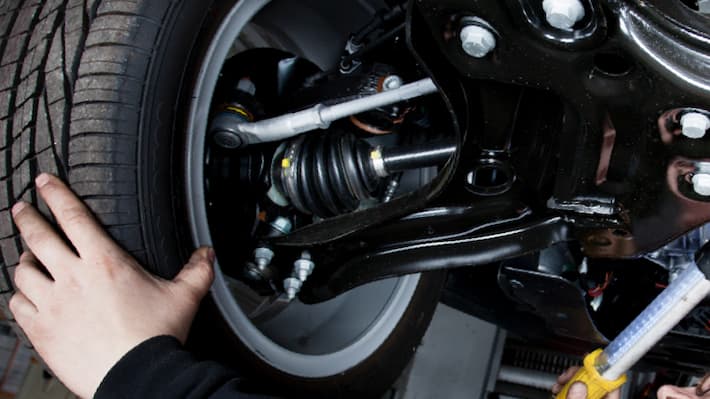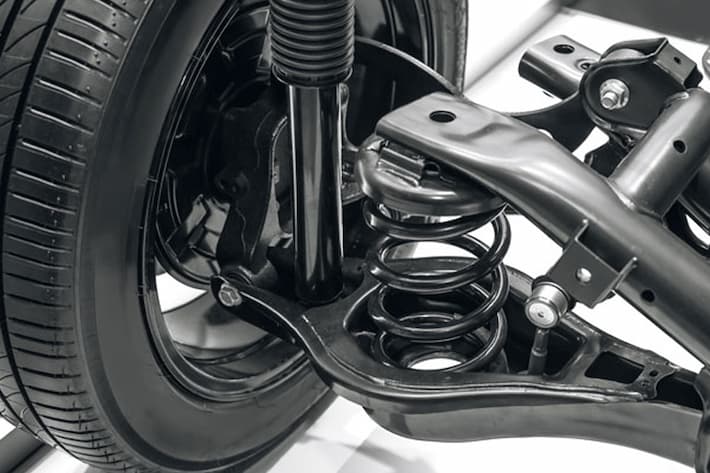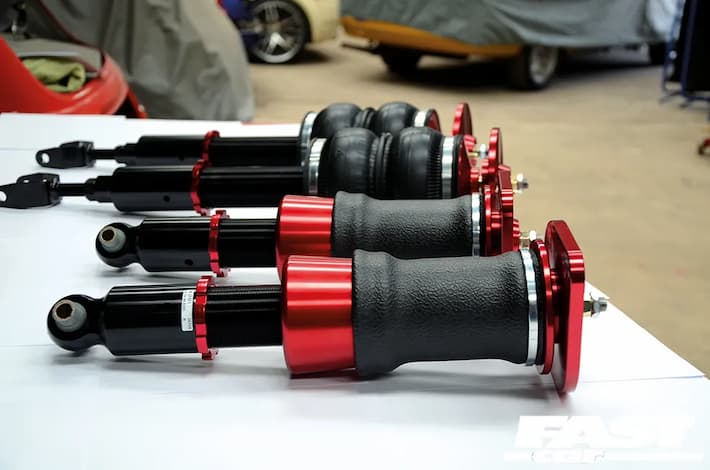The intricate dance between a car and the road is orchestrated by a silent hero – the car suspension. This dynamic system, often overlooked by many drivers, is at the core of ensuring a smooth and controlled ride. Comprising a range of sophisticated components, car suspension plays a pivotal role in maintaining stability, comfort, and safety.
In this exploration, I delve into the world of car suspension, breaking down its fundamental components, and shedding light on its intricate functionality. Join us on this journey to understand how the synergy of various car suspension parts orchestrates a harmonious driving experience.
Understanding the Basics of Car Suspension

Car suspension is a system designed to manage the interactions between the wheels and the road surface. It serves as a mediator that absorbs shocks, dampens vibrations, and keeps the tires in contact with the road even on uneven surfaces. The primary goal of a car suspension system is to provide optimal handling, stability, and comfort to both the driver and passengers.
Key Car Suspension Parts
The car suspension system consists of several essential components, each contributing to the overall performance and functionality of the system:
- Springs: Springs are a fundamental part of any suspension system. They absorb shocks by compressing and releasing as the wheels encounter bumps or uneven surfaces. Common types of springs include coil springs, leaf springs, and air springs.
- Shock Absorbers: Shock absorbers, also known as dampers, work in tandem with springs to control the oscillations caused by uneven road surfaces. They absorb energy from the springs’ movement and dissipate it as heat, preventing the vehicle from bouncing excessively.
- Struts: Struts are a combination of a shock absorber and a structural component. They often replace the upper control arm in the suspension system, providing support and stability while also absorbing shocks.
- Control Arms: Control arms connect the wheels to the chassis and allow them to move up and down while maintaining proper alignment. They play a crucial role in controlling the wheel’s motion and ensuring consistent tire contact with the road.
- Sway Bars: Sway bars, also known as stabilizer bars, reduce body roll during cornering by transferring force between the left and right wheels. This stabilizes the vehicle and enhances its handling.
- Bushings: Bushings are small rubber or polyurethane components that isolate and dampen vibrations between metal components of the suspension. They contribute to a smoother and quieter ride.
- Ball Joints: Ball joints connect the control arms to the steering knuckles, allowing for movement and articulation of the suspension components as the wheels turn and move.
- Tie Rods: Tie rods are essential for steering, connecting the steering rack to the steering knuckles. They transmit the steering input from the driver to the wheels, allowing for precise control.
Functionality of Car Suspension Parts

The synergy of these car suspension parts works together to achieve several key functions:
- Smooth Ride: Springs and shock absorbers absorb and dissipate energy from road imperfections, providing a comfortable and smooth ride for passengers.
- Tire Contact: The control arms, bushings, and other components ensure that the tires remain in constant contact with the road, enhancing traction and stability.
- Handling and Cornering: Sway bars and well-tuned suspension geometry minimize body roll during turns, enhancing the vehicle’s handling and cornering capabilities.
- Braking Stability: The suspension system contributes to braking stability by preventing excessive weight transfer and maintaining tire contact with the road.
- Alignment: Control arms and other components play a crucial role in maintaining proper wheel alignment, ensuring even tire wear and optimal handling.
Choosing the Right Suspension Setup
When it comes to car suspension parts, choosing the right setup depends on various factors, including the intended use of the vehicle, driving conditions, and personal preferences. Enthusiasts seeking enhanced performance might opt for sport-tuned suspension systems, while those prioritizing comfort may choose a softer setup. Lift kits or lowering kits can also modify the suspension height for specific applications, such as off-roading or improved aerodynamics.
Maintaining Your Car Suspension

Regular maintenance is essential to ensure the longevity and optimal performance of your car suspension. This includes periodic inspections of components for wear and damage, as well as maintaining proper tire pressure and wheel alignment.
Conclusion
In conclusion, the car suspension system is a complex orchestra of interconnected parts, each playing a crucial role in providing a safe, comfortable, and controlled driving experience. From springs and shock absorbers to control arms and sway bars, the harmony of these components ensures that your vehicle glides smoothly over the road, absorbing shocks and vibrations. When considering car suspension parts, understanding their functions and selecting the right setup can greatly enhance your driving experience, whether you’re navigating city streets or tackling off-road trails. As you appreciate the subtle symphony of your vehicle’s suspension, remember that maintaining its health through regular inspections and maintenance is key to preserving its performance and extending its lifespan.



